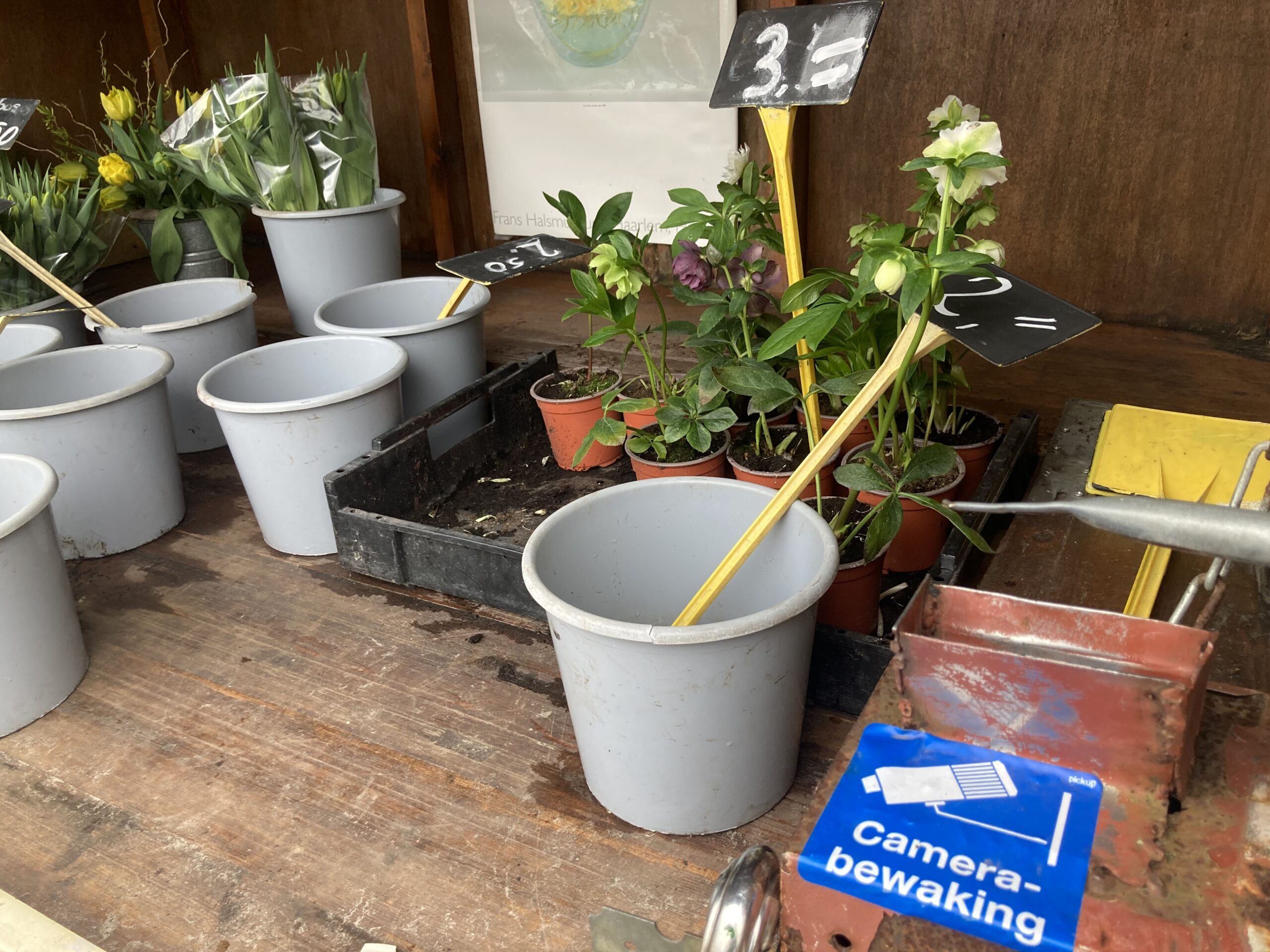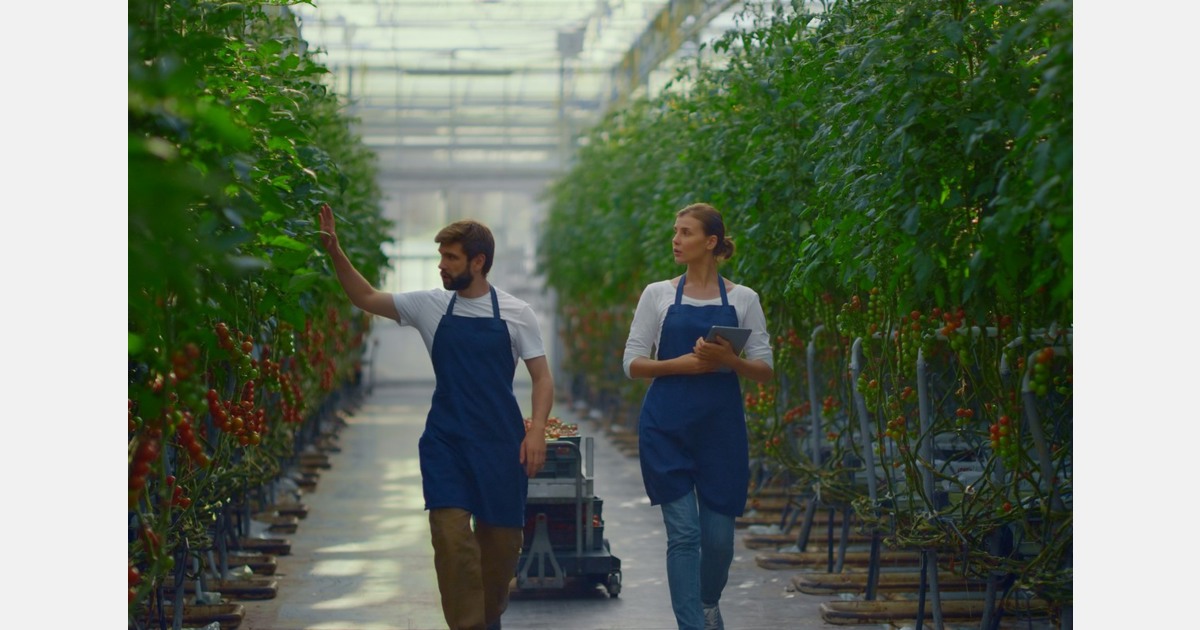- TECHSWU
- Posts
- TECHSWU #49
TECHSWU #49
Welcome to TECHSWU, your go-to destination for all things tech that matter in your daily life!



In this article, The Economist highlights three reasons why it's good news that robots are getting smarter:
1. Increased Capability: Robots are benefiting from advances in artificial intelligence (AI), allowing them to have a dramatic brain upgrade. This means they are becoming more capable and can perform a wider range of tasks.
2. Easier Programming: The same technology that enables chatbots and AI systems to hold conversations and create realistic images is being applied to robots. This makes it easier for programmers to develop and program robots for specific tasks.
3. Better Explanation: As robots become more intelligent, they are also becoming better at explaining what they are doing. This is important for transparency and trust, especially in fields such as healthcare or autonomous vehicles.
Overall, these advancements in robotics are seen as a positive development, with investors flocking to robotics startups and organizations like OpenAI shifting their focus to robotics. The potential for robots to have a positive impact on various industries and tasks is vast.

A recent article published in the journal Agronomy highlights the potential of artificial intelligence (AI), sensors, and robotics to revolutionize farming practices and drive sustainable development. The researchers explore the integration of these technologies in smart agriculture, which prioritizes the optimization of production processes, environmentally friendly practices, and ecological sustainability.
Some key highlights from the article include:
• Challenges facing traditional agriculture, including inefficient supply chains, low productivity, land degradation, and declining soil fertility.
• The role of AI, robotics, and sensors in monitoring, analyzing, and controlling various aspects of agricultural production, such as soil health, water usage, crop management, and pest control.
• The potential of precision farming, autonomous machinery, and crop monitoring in addressing key challenges in traditional agriculture and improving efficiency.
• The importance of collaboration among farmers, industry players, government entities, and society to promote the adoption and innovation of these technologies in agriculture.
• The need for further research and development in areas such as pest and disease detection, yield prediction, irrigation management, and supply chain management.
Overall, the article suggests that AI, robotics, and sensors are driving a paradigm shift toward smart and sustainable farming practices, but also highlights the limitations and challenges associated with their adoption. Continuous work and collaboration are essential for further advancements and successful integration of these technologies in agriculture.

The popularity of electric motorcycles is on the rise in India, driven by factors such as increasing fuel prices, worsening air pollution, and decreasing EV technology costs. Electric motorcycles offer several benefits, including exhilarating acceleration and power, low operating costs, advanced technology, and eco-friendly riding. While electric scooters and commuter bikes dominate the market, there is a new segment emerging: electric sports motorcycles. Startups like Ultraviolette Automotive and Tork Motors are leading the charge in creating premium electric motorcycles targeted at enthusiasts. Ultraviolette's F77 Mach 2 boasts impressive power, acceleration, and range, while Tork Motors offers a feature-rich and affordable electric motorcycle. Despite the promising future of electric motorcycles in India, there are challenges to widespread adoption, such as limited charging infrastructure and a lack of public awareness. However, the future holds more product launches, improvements in battery technology, expansion of charging infrastructure, increased investment, and greater awareness and adoption. The Ultraviolette F77 Mach 2 is a pioneering electric sports bike made and designed in India with cutting-edge design, smart performance, and future-ready technology. Overall, the rise of electric sports motorcycles represents an exciting clean transportation option without compromising on performance and thrill.



The Dutch police force is conducting trials with an AI-powered robot dog to safely inspect drug labs during raids. The robot dog, known as Spot and made by Boston Dynamics, is currently remotely controlled by officers, but the goal is to make it fully autonomous. The use of the robot dog aims to reduce the risks faced by officers in such operations, including exposure to dangerous chemicals and explosions. Simon Prins, from the Dutch police force, has been testing and using robotic technology in criminal investigations for over two decades, and believes that the technology is now advanced enough to be practical for real raids. If successful, the robot dog could be deployed in actual operations to ensure the safety of law enforcement personnel.

Dutch cities are implementing smart street surveillance cameras that have the ability to "recognize" crime, particularly violence. These cameras also alert surveillance monitors to innocent movements, such as children playing, which raises questions about their usefulness to local authorities and the police. Trials for these cameras are underway or being prepared in multiple cities, including Almere, Amsterdam, Rotterdam, and Sittard-Geleen. The software has been used by police in The Hague for years, monitoring various locations from a central surveillance point. The Rotterdam police have also launched a three-month trial using violence-detection software on 25 cameras. However, these cameras often make mistakes, alerting monitors to non-violent incidents. While the aim is to help law enforcement react more quickly, it is proving challenging to distinguish between actual conflicts and harmless incidents that may resemble violence.

Engineers at the University of Maryland have developed a model that combines machine learning and collaborative robotics to accelerate the design of materials used in wearable technology. The model automates the design process for creating aerogel materials, which are commonly used in wearable tech. By combining robotics, machine learning algorithms, and materials science expertise, the researchers were able to create a prediction model that could generate sustainable products with 95% accuracy. The aerogels created using this method were made from conductive titanium nanosheets, cellulose, and gelatine, and can be used in various applications such as oil spill clean-up, sustainable energy storage, and thermal energy products. This new approach to aerogel design could revolutionize the creation of wearable technology materials with tailored properties.
/cdn.vox-cdn.com/uploads/chorus_asset/file/25479082/1730526602.jpg)
The US has lost its entire bike manufacturing industry to China over the past three decades.
Congressman Earl Blumenauer is introducing a bill to re-shore domestic bike manufacturing and protect electric bikes from high tariffs.
Blumenauer's bill includes a 10-year suspension of tariffs on bike components, a transferrable e-bike production tax credit, and low-interest loans for bike manufacturers.
Blumenauer wants to close a loophole that allows the import of cheap Chinese e-bikes with safety issues and is lobbying for a $1,500 discount on the purchase of new electric bikes.
The Biden administration has imposed significant tariffs on Chinese imports, including e-bikes, which could hurt the industry.
Blumenauer sees bicycles and e-bikes as an important and efficient form of transportation that can help fight car culture and climate change.
Blumenauer's bill faces challenges in a divided Congress and his imminent retirement, but he is reaching out to colleagues for support.


Flowers Hospital in Dothan, Alabama is celebrating over 10,000 robotic surgeries since introducing the technology in 2008. The doctor-operated robots have revolutionized surgical procedures by providing more precision and resulting in various benefits for patients. Some highlights of the article include:
• Over 10,000 cases later, Flowers Hospital is recognized as a leader in robotic surgery.
• The robots are used in a range of procedures including weight loss and gall bladder surgery.
• Benefits of robotic surgery include shorter hospital stays, quicker recovery times, and a reduced risk of infection and other complications.
• Dr. Steve Fendley, a surgeon at Flowers Hospital, believes that the use of robots has extended his career by eliminating the physical strain of standing at an operating table for hours.
• Flowers Hospital has become a training ground for surgeons across the state to learn about this unique technology.
• The hospital currently performs an average of 100 robotic surgeries every month and has three robots for use in procedures.


The Rise and Fall of BNN Breaking, an AI-Generated News Outlet is an article that explores the story of BNN Breaking, an AI-powered news outlet that gained millions of readers and had a publishing deal with Microsoft, but was plagued by error-ridden content. Some highlights from the article include:
• BNN Breaking used an AI chatbot to paraphrase articles from other news sites, leading to the publication of multiple falsehoods.
• One example of this was a story about a prominent Irish broadcaster facing trial for alleged sexual misconduct. The article included a photo of Dave Fanning, who was not the broadcaster in question, leading to a defamation lawsuit against Microsoft and BNN Breaking.
• The story was promoted by MSN, a web portal owned by Microsoft, before being deleted a day later.
• BNN Breaking's short-lived existence highlighted the risks and challenges of using generative AI in journalism and the potential for misinformation and reputational damage.
• The article raises questions about accountability and responsibility in AI-generated news and what safeguards should be in place to prevent errors and falsehoods from spreading.
Overall, The Rise and Fall of BNN Breaking offers a cautionary tale about the potential pitfalls of AI-generated news and the importance of maintaining accuracy and integrity in journalism.


Australian vegetable growers will benefit from a new program that aims to boost the adoption of advanced mechanization technology in the industry. The $4.1 million initiative, delivered by Hort Innovation and the Queensland Department of Agriculture and Fisheries (DAF) in partnership with the Global Organisation for Agricultural Robotics (GOFAR), aims to reduce input costs and labor challenges for growers. The program will bring global innovations directly to veggie growers for them to trial and communicate the potential benefits. It will also provide support for growers to integrate new machinery into their field operations. The program includes field days, showcase events, international study tours, webinars, and more to engage directly with equipment and manufacturers. GOFAR will provide Australia access to a global network of mechanization manufacturers and suppliers, allowing growers to trial and optimize new technology. AUSVEG CEO Michael Coote said that the program would provide the industry with unparalleled access to the latest equipment and information needed to make informed business decisions.
Highlights:
• $4.1 million initiative to boost adoption of mechanization technology in Australian vegetable industry
• Program delivered by Hort Innovation, DAF, and GOFAR
• Aim is to reduce input costs and labor challenges for growers
• Growers will be able to trial and communicate the benefits of new technology
• Program includes field days, showcase events, study tours, and webinars
• GOFAR will provide access to a global network of mechanization manufacturers and suppliers
• AUSVEG CEO says program will provide industry with unprecedented access to information and equipment.

Is Google secretly listening to your conversations? It turns out, they might be. A hidden feature in your Google account collects audio recordings from your interactions with digital assistants and more, which could potentially put your privacy at risk. However, there are steps you can take to protect yourself. First, open the Google app on your smartphone and go to the Data and Privacy tab under Manage Your Google Account. Scroll down to History Settings and select Web & App activity. Uncheck the voice and audio activity setting to stop audio recordings from being saved to your account. To delete any previously saved recordings, go to your Google Account, click on Data and Privacy, and then access Web & App Activity. From there, you can manage and delete recordings one item at a time or delete all items at once. It's also important to check for other apps that might be listening in on your conversations. On an iPhone, go to Settings > Privacy & Security > Microphone, while on an Android, swipe down from the top of the screen and go to Settings > Privacy > Permission Manager. By taking these steps, you can regain control over your privacy and prevent Google from eavesdropping on your every word.
